Today is our last post from lovely Laura of Fit Bumps & Mums, in our series of guest posts on women’s health issues. Laura is a Chartered Physiotherapist specialising in Women’s Health, a qualified Pilates instructor AND she’s a Mum to two gorgeous little boys called Harry and Alfie. As an attendee of Laura’s classes both pre and post Elle, I can verify for the fact that she’s awesome too. We’ve already covered pelvic floor exercises and prolapse, but today we’re talking about looking after yourself down below, straight after having a baby.
LAURA FROM Fit Bumps & Mums
So hopefully you did everything you could prenatally to avoid too much trauma to your perineum but you still may have a significant amount of soreness “down stairs”. In case you haven’t the foggiest what I am talking about, your perineum is the area between your vagina and your rectum. This area can be subject to tearing, or cutting, during childbirth, but even without either of these things your perineum can still be pretty sore postpartum.
I was one of the “lucky” ones that didn’t suffer tearing however the midwife described “grazes” which sounds mild…I can tell you it was pretty flipping painful for the first week or so! So to save you wincing your way through the first few weeks of your baby’s life, here are my TOP TIPS!
REST
Lie flat or at least get your feet up as much as possible. Try feeding lying down if you can.
PAIN RELIEF
After child No.1 I was one of those “brave” individuals who still didn’t want to take medications, because I was breastfeeding or thought it might be a sign that I was weak…I learnt the hard way. With child No.2 I packed paracetamol and ibuprofen in my hospital bag, took them at the earliest opportunity once Harry was born, and continued to take them regularly until the pain subsided. Taking arnica tablets can be very effective for bruising.
BATHS
A regular sitz bath, a shallow bath in which only the buttocks and hips are immersed in the water, might be preferable to a shower. I highly recommend adding Epsom Salts which can speed up the healing process and help to relieve pain. After taking a bath or shower avoid rubbing to dry yourself, instead pat with a clean towel, or perhaps have a stash of flannels kept particularly for this area.
NOTE: Being “brave” gets you nowhere and anyone who has just given birth is not weak!
SQUIRT BOTTLES…
Or peeing in the bath. We have a bath with a shower head so I usually stripped off my bottom half and jumped in the bath to take a pee, whilst running warm water over my bits. Not only did this help the pain but it also helped to clean away the blood and generally made me feel a bit fresher. If you are out and about, or do not have a bath, fill a squeezy bottle with clean water – this will do the same job.
NOTE: You will need WAY more than one pack of 10 which I thought was plenty when preparing for No.1 child.
CUSHIONS
It is best to avoid sitting for long periods but if you do find yourself sitting a lot, try using a nursing pillow or rolled up towels to take some of the pressure off. Ideally you want the pillows or towels tall enough to allow a little pressure to the perineum for compression to reduce swelling.
PELVIC FLOOR ACTIVATION
Hopefully you have been doing these throughout your pregnancy and should now be a pro. You are likely to feel nervous about doing anything to “strain” this area, however gentle pelvic floor exercises will improve circulation and therefore improve swelling so squeeze away!
AVOID CONSTIPATION
Trust me, you do not want constipation in the days postpartum especially if you are suffering with perineal pain. To avoid it keep yourself really well hydrated, always have a glass of water or a drinks bottle with you. Especially if you are feeding for long periods, get a drink before you sit down to feed or if there is someone around ask them to fetch you one regularly. Also eat plenty of fibre – fruit, veg, lentils, beans and oats (note oats are also great for breastfeeding!).
SUPPORT FOR EMPTYING BOWELS
So obviously you are now eating and drinking all of the right things to avoid constipation, but even a soft stool can be scary to pass in those initial days. Try folding up a piece of toilet roll and holding it against your perineum, this will apply some pressure to support it as you go.
If pain persists, or you start to feel unwell, please seek the advice or your GP or midwife, you may have an infection and need antibiotics.
Massive thanks to Laura and please do comment below the post if you have any questions, or any advice to add. You can follow Laura on Instagram or Facebook for pregnancy and post-natal friendly exercises, yummy looking healthy food and cute pics of her adorable boys.


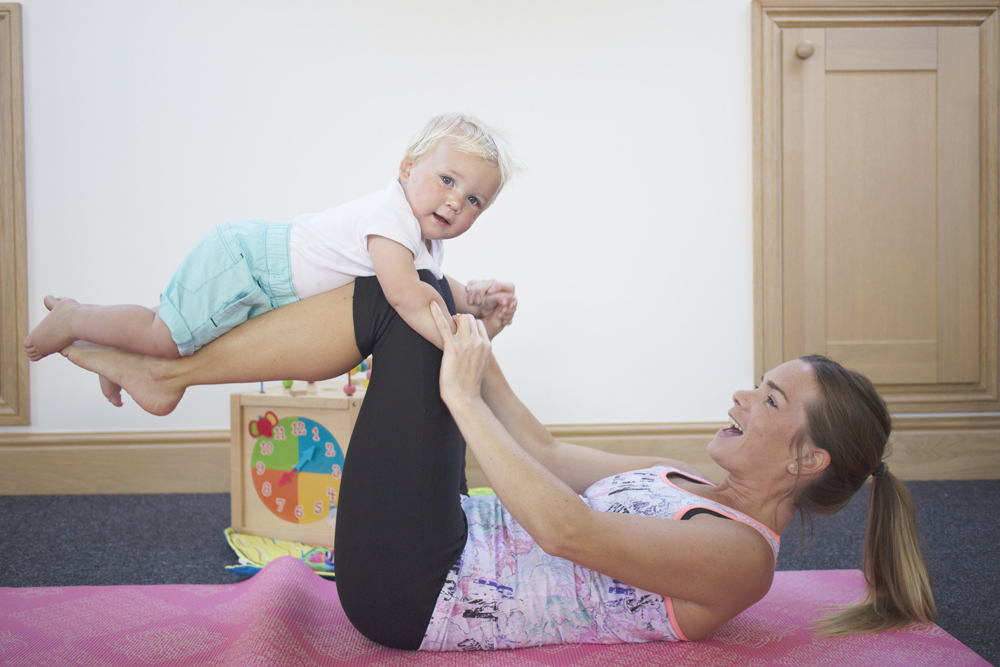

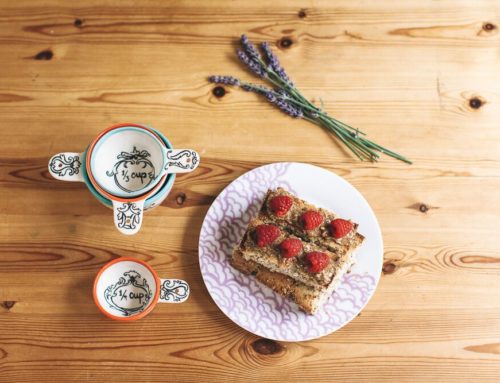
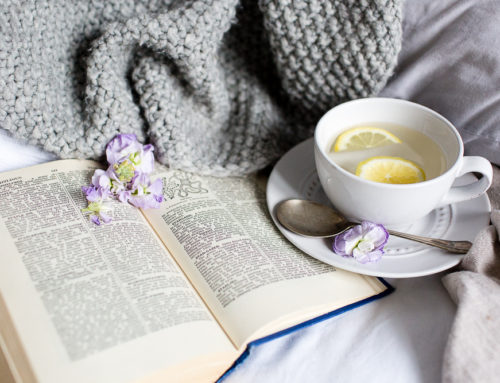
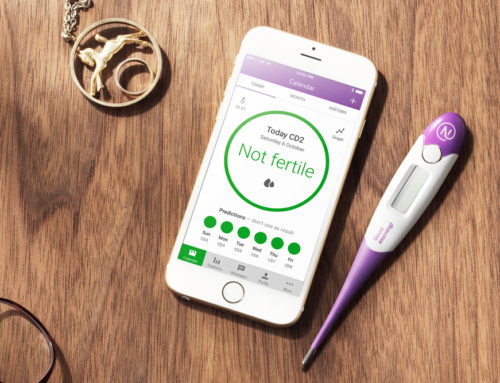
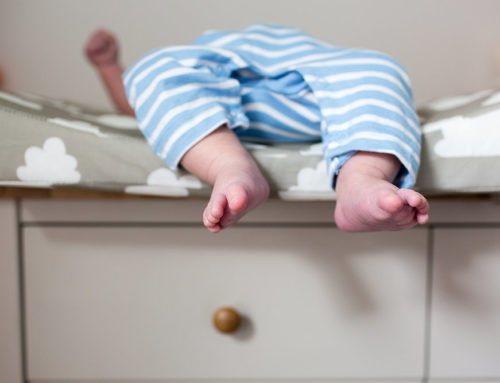
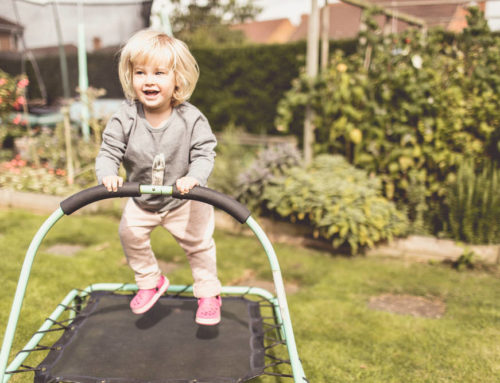
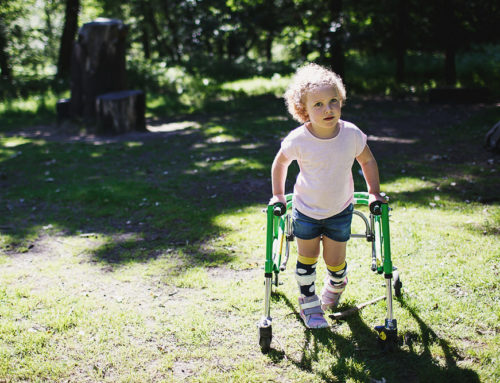
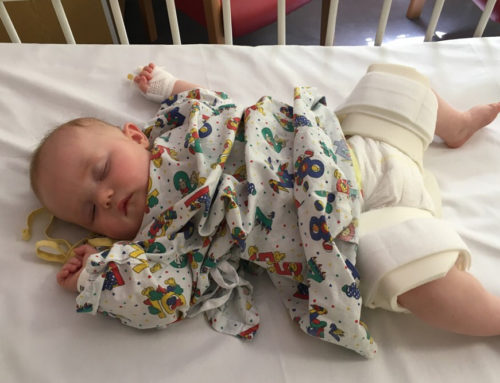

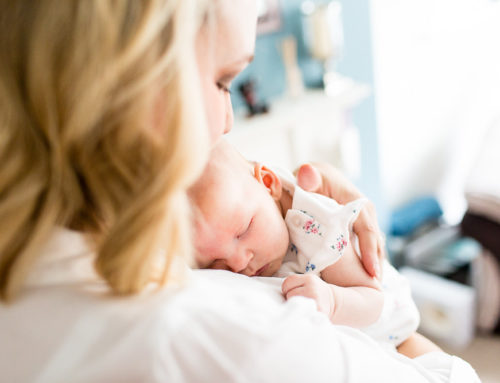
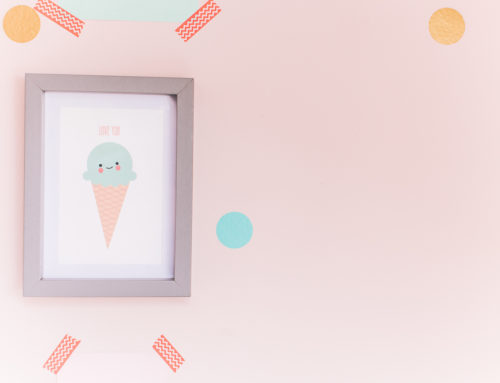
What a shame this super important helpful post is here in the Tweenmas wilderness. Thanks so much for this great series, I hope lots of people go back to it. I’m going back now to remind myself of the perineal prep. Fingers crossed no episiotomy this time…
Also, lentils. Tarkha dal is an ideal first meal post baby, I sent my husband out to the curry house for one. It did the business…?
Great post, thank you very much! It’s great to have someone honestly write about these experiences and what really helps!